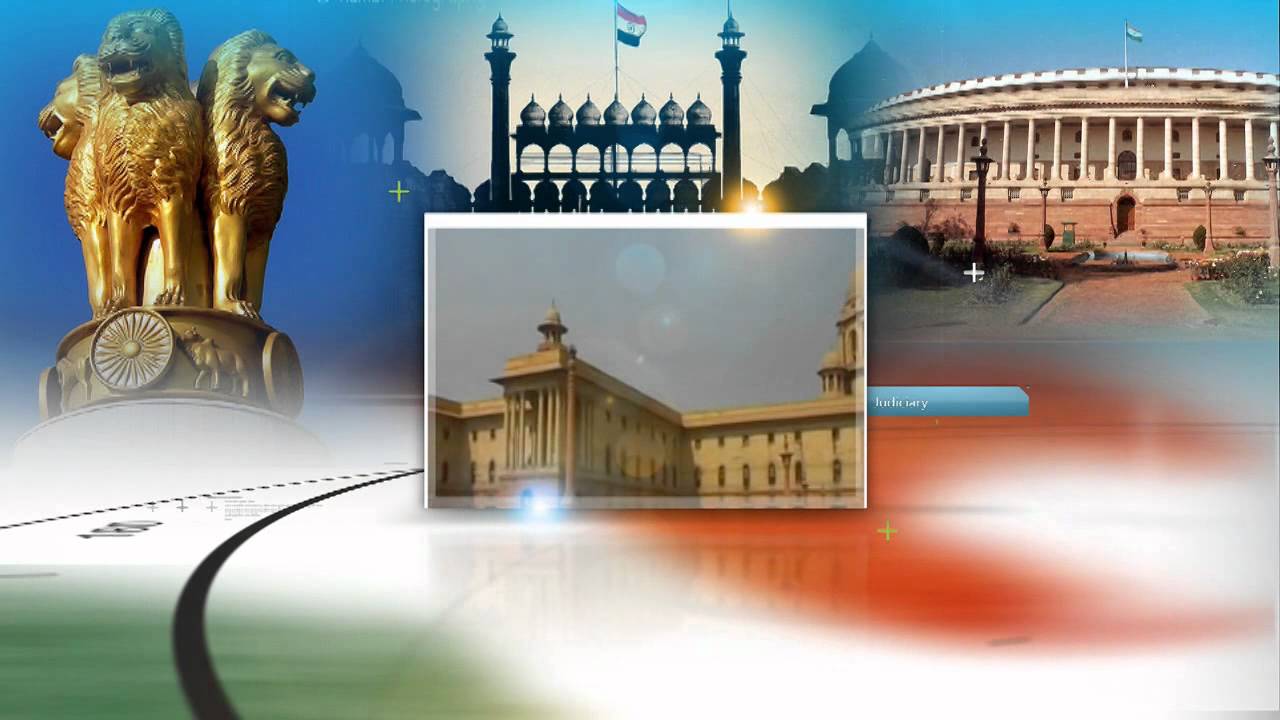Font size:
Print
Aerosols Climate
Context:
A study published in November 2024 in Geophysical Research Letters warns that reducing aerosol emissions without concurrently cutting greenhouse gas emissions could expose vulnerable populations to accelerated warming and extreme heat, particularly in regions like India.
Key Findings of the Study
- Regions that reduced air pollution in the late 20th century experienced greater warming over time.
- Highly populated urban areas with lower human development indices have seen less warming due to the masking effect of pollution.
- Abruptly stopping aerosol emissions can increase the rate of warming in the short term.
Understanding the Role of Aerosols and Greenhouse Gases
- Greenhouse gases (GHGs) trap heat and intensify global warming, leading to extreme temperature and rainfall patterns.
- Aerosols, such as sulphates and nitrates, scatter solar radiation, creating a cooling effect by blocking sunlight. However, aerosols are short-lived (lasting only days to weeks) compared to GHGs, which persist for centuries.
- The warming effect from GHGs is felt globally, while the cooling effect from aerosols is localised and varies by region and time.
The Indian Context: Thermal Power and Aerosol Emissions
- In India, thermal power plants (burning coal) produce roughly 70% of the country’s electricity. The burning process releases sulphur dioxide, which, through oxidation, forms sulphate aerosols, a major component of the country’s aerosol load.
- Sulphate aerosols account for 50-60% of the aerosol composition in India, alongside black carbon, dust, and other pollutants, contributing to the regional cooling effect.
Invisible Cooling: The Role of Aerosols in India’s Warming
- Krishna AchutaRao from IIT-Delhi noted that without aerosols, India would have experienced much greater warming.
- From 1906 to 2005, India warmed by 0.54°C, with about 2°C of warming due to greenhouse gases offset by 1.5°C of cooling from aerosols and other human activities.
- This cooling is part of a broader pattern of regional effects, with the global cooling from aerosols estimated at 0.6°C but unevenly distributed (larger cooling in the northern hemisphere).
Aerosols and Rainfall: A Complex Relationship
- Aerosols have a complicated effect on rainfall. While their cooling effect on temperature is relatively straightforward, they may also reduce monsoon rainfall in India due to changes in atmospheric dynamics.
- IPCC report: Aerosols cause global cooling of about 0.6°C (northern hemisphere: 0.9°C, southern hemisphere: 0.3°C).
- Aerosols have also been linked to disrupted hydrological cycles in other regions, such as China, where aerosol reductions have worsened extreme heat waves along the Pacific coast.
Net-Zero Emissions and Policy Implications
- Both aerosol and GHG pollution come from industrial activity. While aerosols provide cooling, they cause severe respiratory diseases. Cutting both requires policies to protect vulnerable populations from short-term heat spikes.
- Indo-Gangetic plains are particularly vulnerable due to high aerosol concentrations. Policymakers should focus on long-term adaptation strategies beyond net-zero targets.
Need for Better Heat Action Plans
- Sustainable Futures Collaborative analysed nine Indian cities and found their heat action plans lacked long-term strategies.
- Cities like Delhi, Mumbai, Bengaluru, Faridabad, Gwalior, Kota, Ludhiana, Meerut, and Surat need better heat stress mitigation plans.
- Removing aerosols could increase heat stress, necessitating improved urban planning.
The Trade-Offs
- Cleaning the air may accelerate warming but could increase monsoon rainfall.
- Balancing air quality improvement and climate mitigation is critical for sustainable development.
- Despite potential warming, the health benefits of reducing air pollution far outweigh any negative climate effects.


